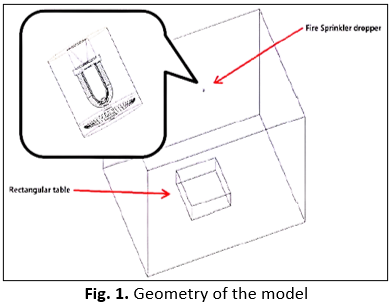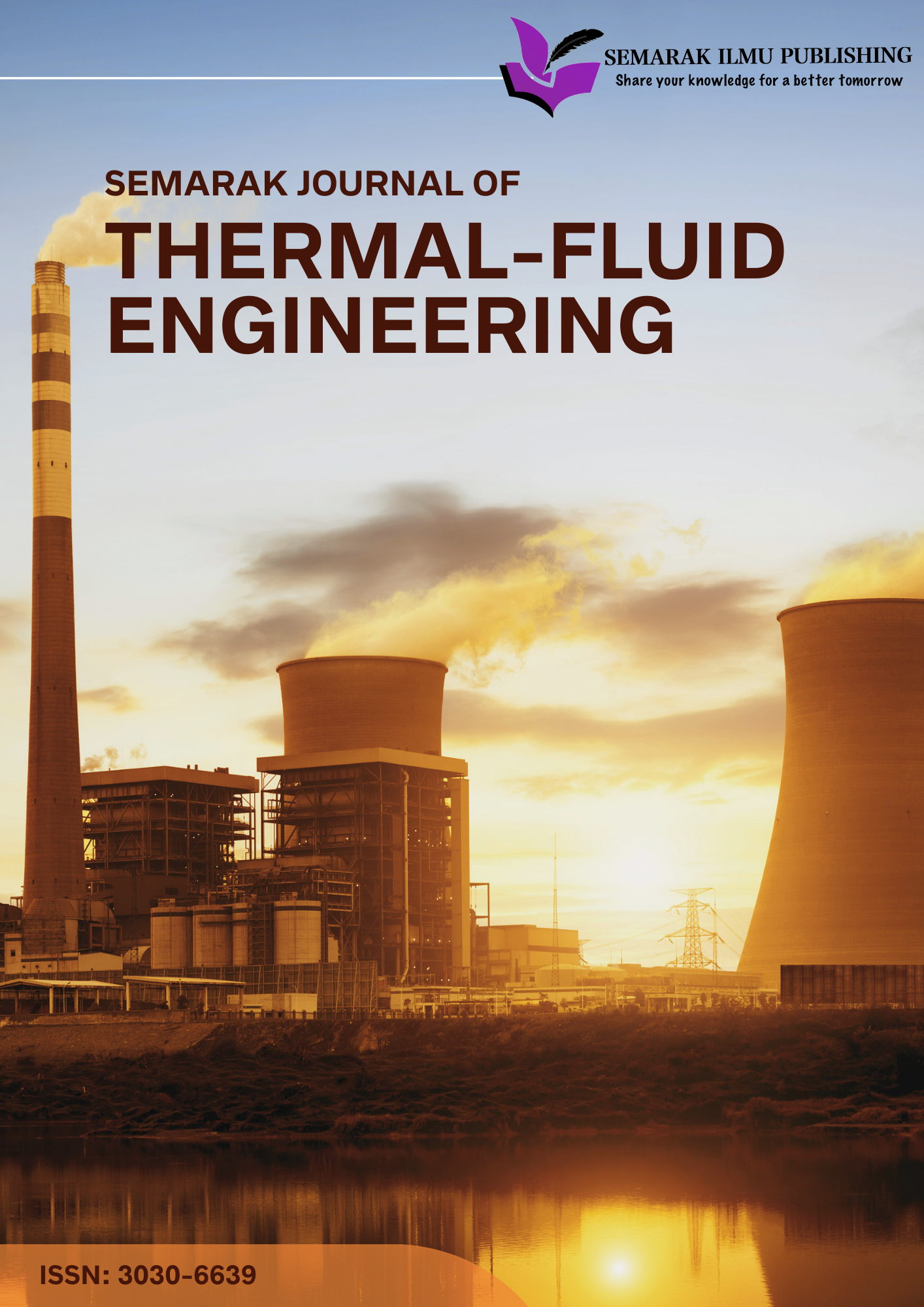Simulation Analysis for the Distribution of Fire Water Sprinkler
DOI:
https://doi.org/10.37934/sjotfe.4.1.5259aKeywords:
Computer fluid dynamic (CFD), fire water sprinkler, distribution of discharged water, simulationAbstract
Fire Water Sprinkler is one of reliable equipment to control fire in building. This equipment also known as a simple and cost-effective method to control fire growth in a building. The systems work by blowing the water droplet into the burning area. The objective of this project is to analyze the behaviour and distribution of discharged water from fire water sprinkler. The computer fluid dynamics (CFD) is used to study the dispersion of water into the room or case study area. However, due to limitation of study, this simulation only carried out by using a room and single fire water sprinkler. This also important factor as the validation of the model is based on previous study. In addition, the project also to determine the effect of different operating pressure on water discharged from fire sprinkler. The project started with the data finding. It was important to identify the reference data to ensure the generate result was reasonable. The input water inlet pressure is in the range of 10 to 15 bar. The geometry of room was set to 4.0 m x 3.0 m x 4.0 m. The fire was assumed to start at the rectangular table which is the dimension is 1.0 m x 1.0 m and 0.5 m above the floor in the middle room. For boundary condition, the inlet parameter is velocity and the input magnitude set at 44.7 m/s under 10 bars. 1000 number of iterations was set in this project. The results showed the model of 15 bar operating pressure was managed to dispense the water jet down to rectangular table. The 15-bar operating pressure of the model has greatest velocity discharged up to 12.896 m/s. As conclusion, the operating pressure was affected the discharged of the water velocity. The increase of the operating pressure was led to greater water velocity discharged.









